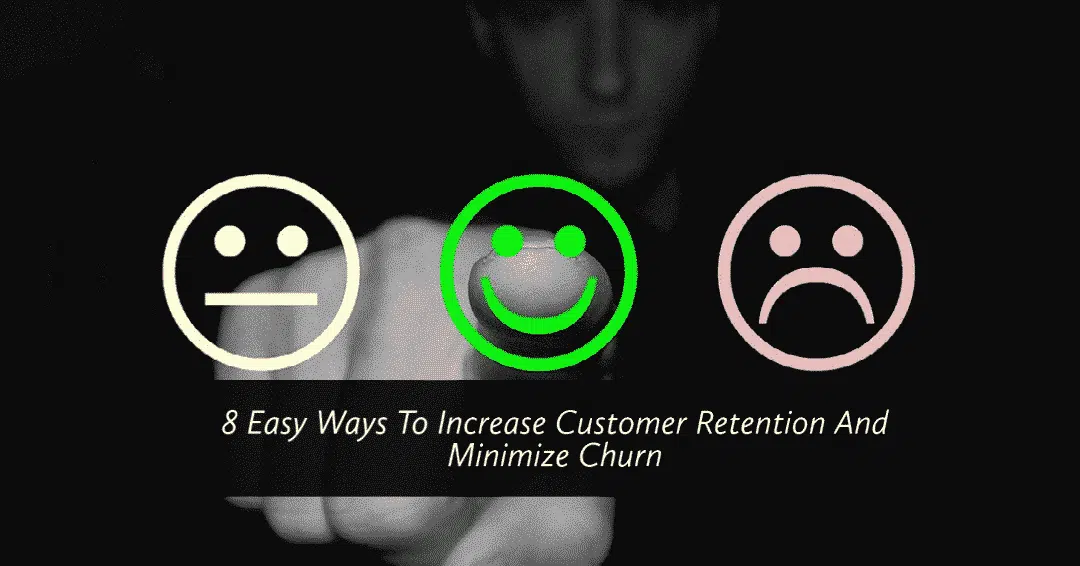Landing page relevance is one of Google’s primary considerations when rating your Google ad’s quality score (QS). A high-quality score allows you to compete with other ads with higher bids for the same keyword. So even if you’re on a budget, you still have a chance to remain visible.
Despite the obvious cost-effective benefits of having high QS on your ads, optimizing for quality score should not be the be-all and end-all of your Google Ad campaigns. Instead, you should look at the quality score as a symptom indicative of underlying issues that you can improve.
Think about it this way: above all, Google acts on its own interests and users’ interest. If the ad is not relevant at all, it won’t be shown. Google simply favors ads that users are interested in. If the ad doesn’t serve that purpose, it receives a low QS; it’s that simple.
As an advertiser, this allows you to revisit the details of your campaign and look at where you can make ad campaigns better to serve Google’s (and your) ultimate purpose.
What Is a Landing Page, and Why Is It Important?
A landing page, also known as a lead capture page, is a stand-alone web page created to achieve a singular marketing or advertising goal. Unlike typical web pages, a landing page does not encourage users to explore the site, and it often only has one call-to-action button.
Web pages that gather leads or encourage users to subscribe to a service are the most common types of landing pages.
Many factors determine what makes a landing page excellent, but in the context of a Google ad, it only needs to be relevant. It has to make sense whenever the user sees it after clicking on your ad.
So if you’re ranking for the keywords “baby care,” you shouldn’t lead your users to a page that asks them to subscribe to your monthly newsletter. In the same way, if you are a doctor offering private consultation services and want to be visible to prospective patients in your area, it makes sense to run an ad that leads them to an appointment set-up a landing page.
How Does Google Evaluate a Landing Page?
Google weighs the quality of your landing page for its purpose using the following criteria:
Relevance of content. Does the copy contain related keywords and information that is useful to the user?
Ease of navigation. Is the site easy to read? Is the flow understandable and clear to the user?
Transparency and trustworthiness. Is it credible? Do you have trust signals that make users comfortable in giving you personal information?
A clear call to action. How is conversion defined? What is the primary purpose of the page?
Before you get busy with tweaking your landing page and changing anything, check if there’s a need to do so in the first place.
According to Google, three main components impact an ad’s quality score, namely the following:
- Expected clickthrough rate or CTR or how likely your ad will get clicks once shown
- The relevance of your ad or how close it matches the user’s intent
- The quality of the landing page experience of if the page was able to cater to do what they wanted to do when they clicked on your ad
Each of these criteria receives a nominal score of Above Average, Average, and Below Average after it has been assessed with other ads bidding for the same keyword in the last 90 days. You can see this status on your Google Ads account by following these steps:
- On the left menu, select Keywords.
- Above the table, in the upper right corner, click on the columns icon.
- Look for Modify columns for keywords and open Quality Score.
- Choose any of the components below to customize your view.
-
- Quality score
- Landing page experience
- Expected CTR
- Ad Relevance
- Click on Apply.
If any of your keywords show an Average or Below Average status, don’t fret. There are steps that you can follow to improve the quality of your landing page.
How to Optimize Your Landing Page for Quality Score
-
Make sure your landing page’s content is consistent with the intent of your ad.
If your ad’s main goal is to get the user to fill out a form to get a quote, your landing page should make it easy for the user to enter all the needed information with the least resistance.
-
Don’t sacrifice functionality for aesthetics.
Sometimes, a minimalist design works; sometimes, it doesn’t. If you’re not sure of the approach, do A/B testing on design to see which one delivers the better result for the development.
-
Optimize your landing page’s load time.
If your page takes too long to load, most users won’t bother waiting. This will hurt your conversion rate no matter how good your page content or design is. According to a Kissmetrics report, 47 percent of users expect a web page’s loading time to be two seconds or less.
-
Improve the copy’s readability.
Try to incorporate keywords in the headline to signal contextual relevance to the ad. Create a copy that is easy to read and appeals to your target audience. Whatever you promised in your ad should also be consistent with the content of your landing page.
-
Add a clear call to action.
Do you want your user to sign up for a service, give you their email address, buy a product, or fill out a form? Make sure there’s a clear signal for the user to take action. Make the process straightforward.
The Benefits of a Good Landing Page
An excellent landing page facilitates conversion. But beyond that, there are other significant advantages to having a killer lead capture.
-
It helps with your SEO Ranking.
Since your landing page targets specific search terms and keywords, it helps lift your SEO ranking, especially if your copy is amply optimized for those keywords. When complemented with aggressive pay-per-click campaigns, your landing page should help you place higher on Search Engine Result Pages (SERPs) specially on mobile devices.
-
It makes analytics easier.
Because landing pages exist solely for a specific marketing purpose, it’s easy to track the success of your campaigns and see which ones work and which ones need improving, whether that be a keyword, a product, or a particular marketing goal. Having a good landing page will make parsing analytics a lot easier.
-
It makes conversions easier.
Conversion can be defined in many ways. Depending on the nature of your business, you might want users to subscribe to a service, buy a product, or register to the site. However, leading the user directly to the home page is not always the best way to get them to do what you want. A fantastic landing page helps eliminate distractions and leads the user through a one-way path.
Tips for Creating a Landing Page That Converts
Creating a landing page that converts begin with one crucial question: what are you trying to accomplish with this campaign? If you’re an e-commerce business, you might be looking to promote new deals. If you own a blog, you might want to boost a new e-book or subscription service.
Your goal determines your message. Position your message as a potential solution to a problem that your users struggle with. Identify these pain points and translate them into viable user intents that will be useful when doing keyword research or writing your landing page copy.
Now that you have identified your goal, the pain points, and the equivalent keywords, you’re ready to design a landing page that converts.
-
Write effective copy.
Your messaging is perhaps the most crucial aspect of your landing page alongside your page design and loading time. The elements of an effective copy include the following:
-
- A headline that grabs users’ attention and keeps them reading. It should be direct to the point, logically consistent, and easy to read.
- The copy should feature persuasive headings and subheadings.
- It should contain high-quality visual elements related to your product or service.
-
Use trust signals.
If your business requires the users to give personal and financial details, you need to make it clear that it’s secure and completely safe to do so. This is where using trust signals help. Trust signals are design elements that make you look credible and eliminate any worries that users may have when doing any transaction with you.
Examples of trust signals include the following:
-
- Embedded reviews
- Business certifications
- A physical address
- An About page
- Endorsements from famous people
- Links to other media outlets
- Links to your social media accounts
- Industry awards
- Followers statistics
- Payment assurance
-
Design a seamless experience.
The call-to-action button should do what it promises. If it says “Sign Up,” it should directly lead to a new account registration page. If your campaign encourages the user to revisit their cart because an item is on sale, it should seamlessly take them to a login or checkout page.
Campaign goals vary, and it’s precisely for this reason why you should be meticulous at choosing an e-commerce platform that meets all your sales and marketing needs. Your e-commerce platform should be able to take on some of the supplementary heavy liftings. Having built-in integrations and plugins, such as a blog section, newsletters, and rewards programs, go a long way in creating a smooth and seamless e-commerce experience for your users.
Final Word
If you want to do well on Google Ads, pay attention to your ads’ quality score and use that to gauge potential improvements to your campaigns. A high QS translates to a higher ad rank and an overall low cost per click.
Landing page relevance is just a tiny portion of the overall matrix, but it’s an area where you have more freedom for adjustment. Don’t let your landing pages cost you conversions. When in doubt, go back to the one question that counts: what does Google want?
Biographical Info mansi here



